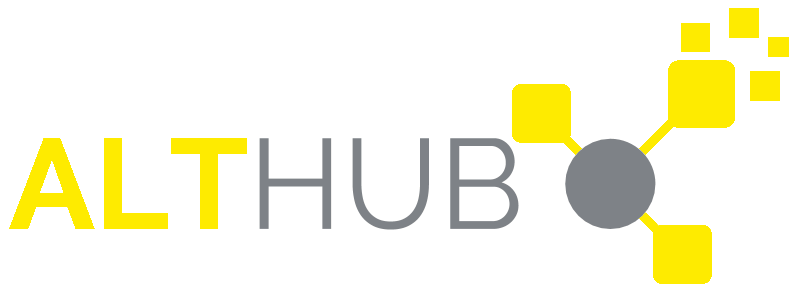Alternative Data in Action – Case Study of Pharma KB
Alternative Data in Action - Case Study of Pharma KB
Pharma KB is a company that illustrates the practical application of alternative data. They track the FDA approval process for new drug testing, creating unique data sets that can be valuable for investors.
1. The Problem
Background: In the ever-competitive pharmaceutical landscape, companies are investing heavily in research and development, tracking FDA approval processes, and trying to predict potential revenue from future drug releases. This necessitates real-time insights into hundreds of drugs at different stages of development.
Problem Statement: Traditional data sets used in tracking the FDA approval process were slow, unstructured, and not properly categorized by severity or potential impact. Tracking each drug individually made it difficult to identify patterns or quickly respond to changes in the approval process. The problem was amplified by the fact that the approval process takes up to a decade and has four distinct stages.
2. The Solution
Solution Overview: Pharma KB, a company formed by pharma professionals with tech backgrounds, decided to develop a real-time dataset that categorizes drugs into different stages of the FDA approval process and different levels of severity. This would allow investors, pharmaceutical companies, and other stakeholders to have a more nuanced and immediate understanding of the market landscape.
3. The Process
Discovery: Pharma KB started by collecting data on all drugs in the FDA approval process, including details about their stages, types, and potential impact.
Build & Refine:
Categorization: They then categorized the drugs into 12 different variations by stage (Phase 1, 2, etc.) and severity (high, medium, low). This allowed for more nuanced tracking and analysis.
Model Creation: Working with data experts, they structured the data into a proper product format, capable of being used in different investment scenarios. This involved utilizing machine learning algorithms to identify correlations and predict trends.
Go-To-Market: The final product development step was turning the categorized and modeled data into a data product that could be brought to market. This involved fine-tuning the model, ensuring scalability, and making sure it was packaged in a way that made it accessible for potential clients.
4. The Benefits and Conclusion
Benefits:
- Improved Insights: The newly developed data product provided deeper insights into the pharmaceutical landscape, enabling stakeholders to make more informed decisions.
- Increased Efficiency: By streamlining and categorizing the data, Farma KB made the tracking and analysis process more efficient.
- Adaptation to Market Needs: The product was designed to be versatile, meeting the varying needs of hedge funds, pharmaceutical companies, and other financial service firms.
- Potential for Revenue Generation: The structured data product has the potential to become a recurring revenue stream for data providers.
Conclusion: Pharma KB’s innovative approach to transforming raw data into a structured, marketable product represents a significant advancement in the way pharmaceutical trends are tracked and analyzed. By focusing on both the stages of FDA approval and the severity of the diseases being targeted, they have created a tool that adds real value to the industry and showcases the power of alternative data. Their solution demonstrates how a well-designed data product can unlock new insights and drive business growth.
